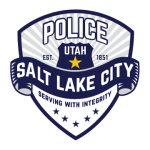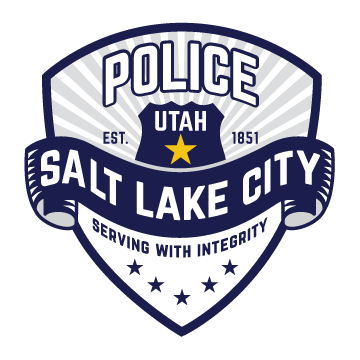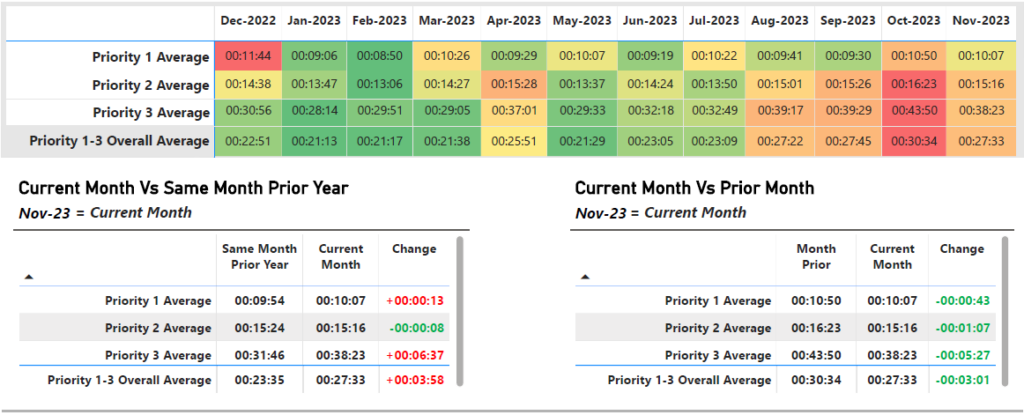SLCPD Gang Detectives Arrest Second Person Connected to Edison Street Shooting
December 7, 2023SLCPD Chief Mike Brown, FBI, USAO Discuss Hate Crimes with Utah’s Jewish Community
December 7, 2023
 |
|
|
PUBLIC RELATIONS UNIT |
December 7, 2023 |
|
FOR IMMEDIATE RELEASE Media Contact Information: PolicePRUnit@slcgov.com Media Request Form: https://slcpd.com/mediarequest/ |
|
SLCPD Releases Response Times for November 2023SALT LAKE CITY — Today, the Salt Lake City Police Department released response time data for November 2023, which showed the department’s overall average response time increased 3-minutes and 58-seconds when compared to November 2022, but improved compared to October 2023. The increase in response times is attributed to the elimination of the department’s mandatory overtime in September 2023 and because in November 2022, the department was under mandatory overtime. In 2023, response times for Priority 1 calls for service were below the department’s goal of 10 minutes in January, February, April, June, August, and September. Response times to calls for service is a metric the Salt Lake City Police Department is constantly striving to improve. A police department’s response time can be calculated two ways – the cumulative response time and the actual drive-time response after the first available officer is dispatched to a scene. The cumulative response time includes the time a person spends on the phone with 9-1-1, call processing time, dispatch time and an officer’s drive to the scene. Response times vary across the country and are dependent on many complex factors that are distinctive to each jurisdiction. In November 2023, the SLCPD’s average response times were as follows (formatted as MM:SS): • Priority 1 – 10:07, an increase of 00:13 from November 2022. • Priority 2 – 15:16, an improvement of 00:08 from November 2022. • Priority 3 – 38:23, an increase of 06:37 from November 2022. When compared to October 2023, the Department saw the following improvements: • Priority 1 – 10:07, an improvement of 00:43 from October 2023. • Priority 2 – 15:16, an improvement of 01:07 from October 2023. • Priority 3 – 38:23, an improvement of 05:27 from October 2023. The combined overall average response time, which includes all Priority 1-3 responses, for November 2023 was 27:33, an increase of 03:58 from November 2022. Overall response times have dropped to 2019 levels despite staffing challenges and a significant increase in calls for service. As of December 7, 2023, the Salt Lake City Police Department has 44 vacant positions for police officers. Operationally, the Salt Lake City Police Department is down approximately 19%, which includes the 44 vacant positions, number of officers currently in training and officers on some sort of leave, including military and family leave. The Salt Lake City Police Department continues to work with the Mayor and City Council to expand recruitment, retention and increase its authorized staffing level. The Salt Lake City Police Department is also working with SLC911 and other criminal justice stakeholders to expand call diversion and online reporting. The Salt Lake City Police Department is a transparent law enforcement agency. On the Salt Lake City Police Department’s website, the department provides monthly updates to the cumulative response time. In October 2022, Chief Mike Brown and Mayor Erin Mendenhall released an update to the SLCPD Crime Control Plan to lower crime, improve response times, fill authorized staffing levels for sworn positions and to continue building community relationships. The strategies outlined in the Crime Control Plan include expanding recruitment and hiring efforts, developing a violent criminal apprehension team, implementing the Community Response Team, expanding the department’s call diversion program and its online reporting capabilities. The use of data-driven policing strategies has allowed the Salt Lake City Police Department to allocate resources more effectively, addressing crime hotspots and identifying emerging crime trends quickly. This proactive approach has contributed significantly to reducing crime and enhancing the overall quality of life in our community. ### |
|



